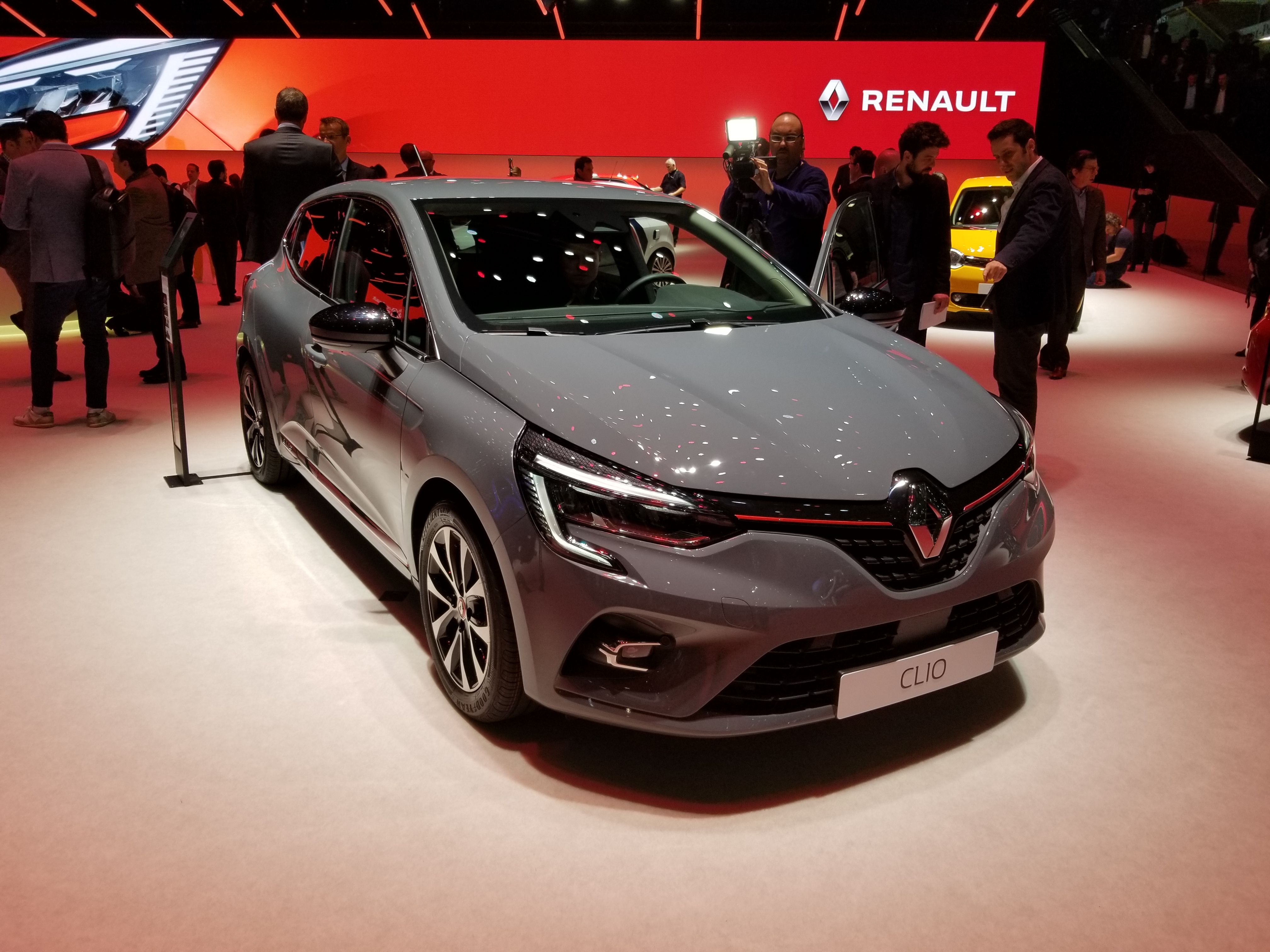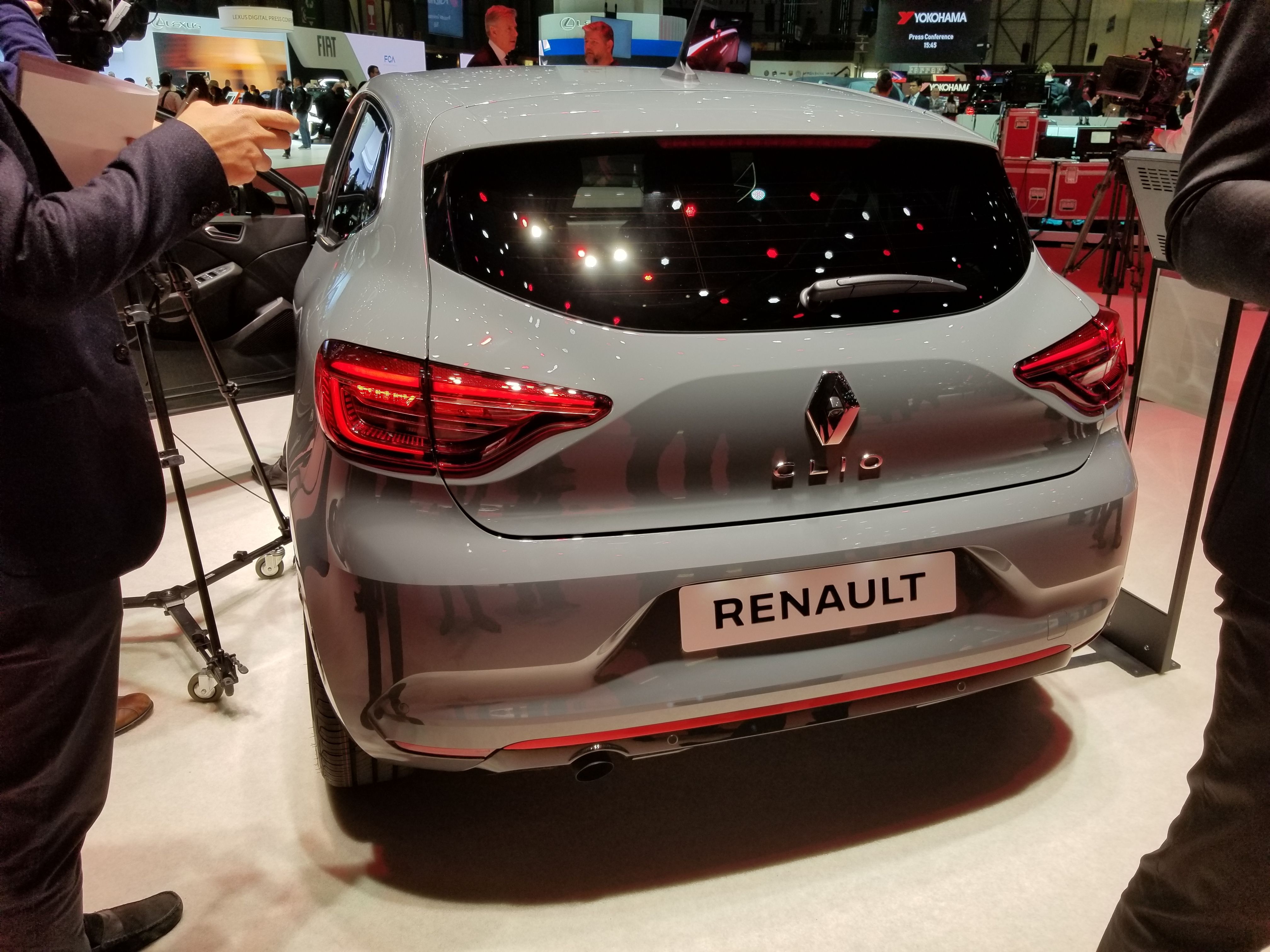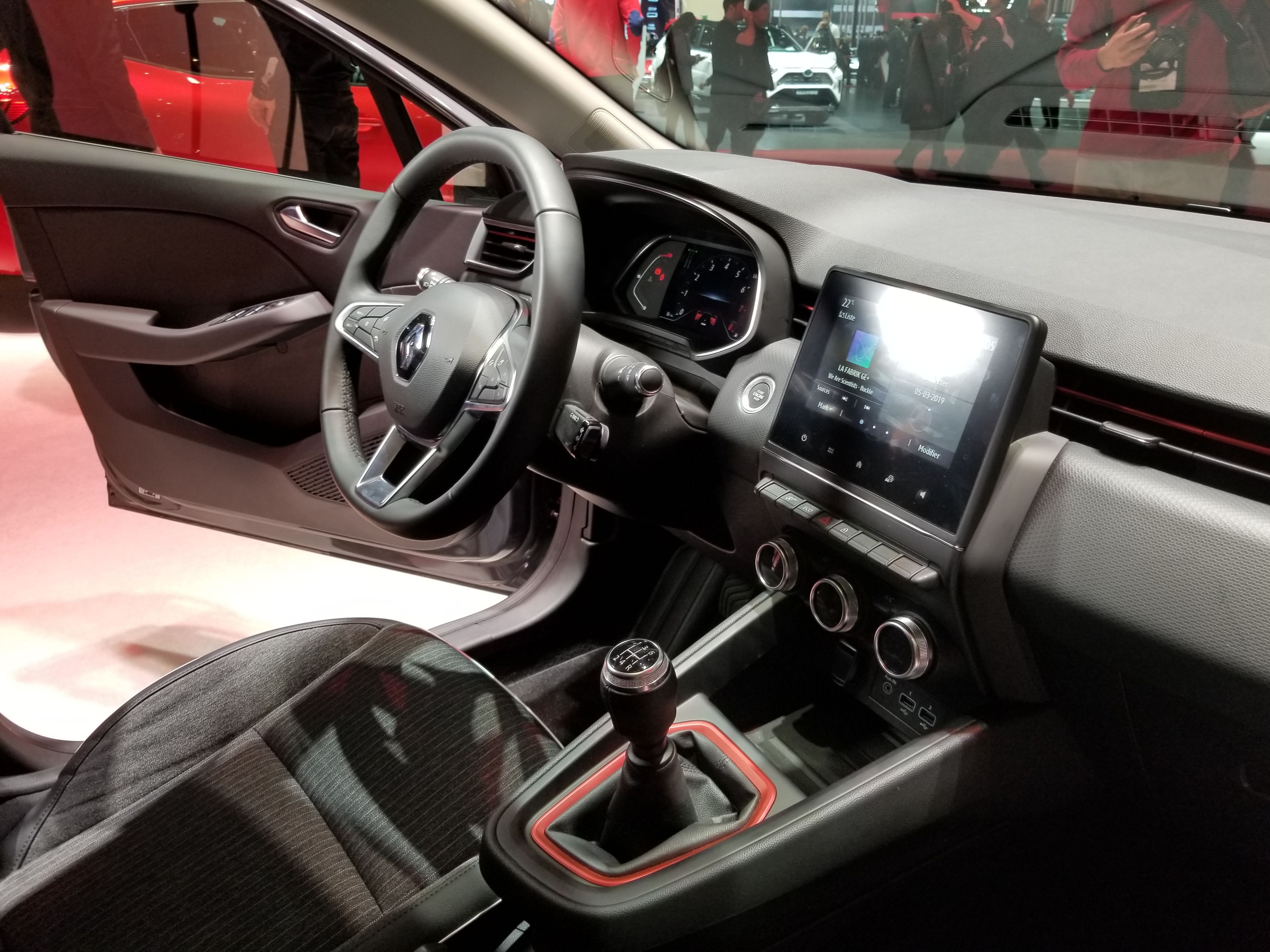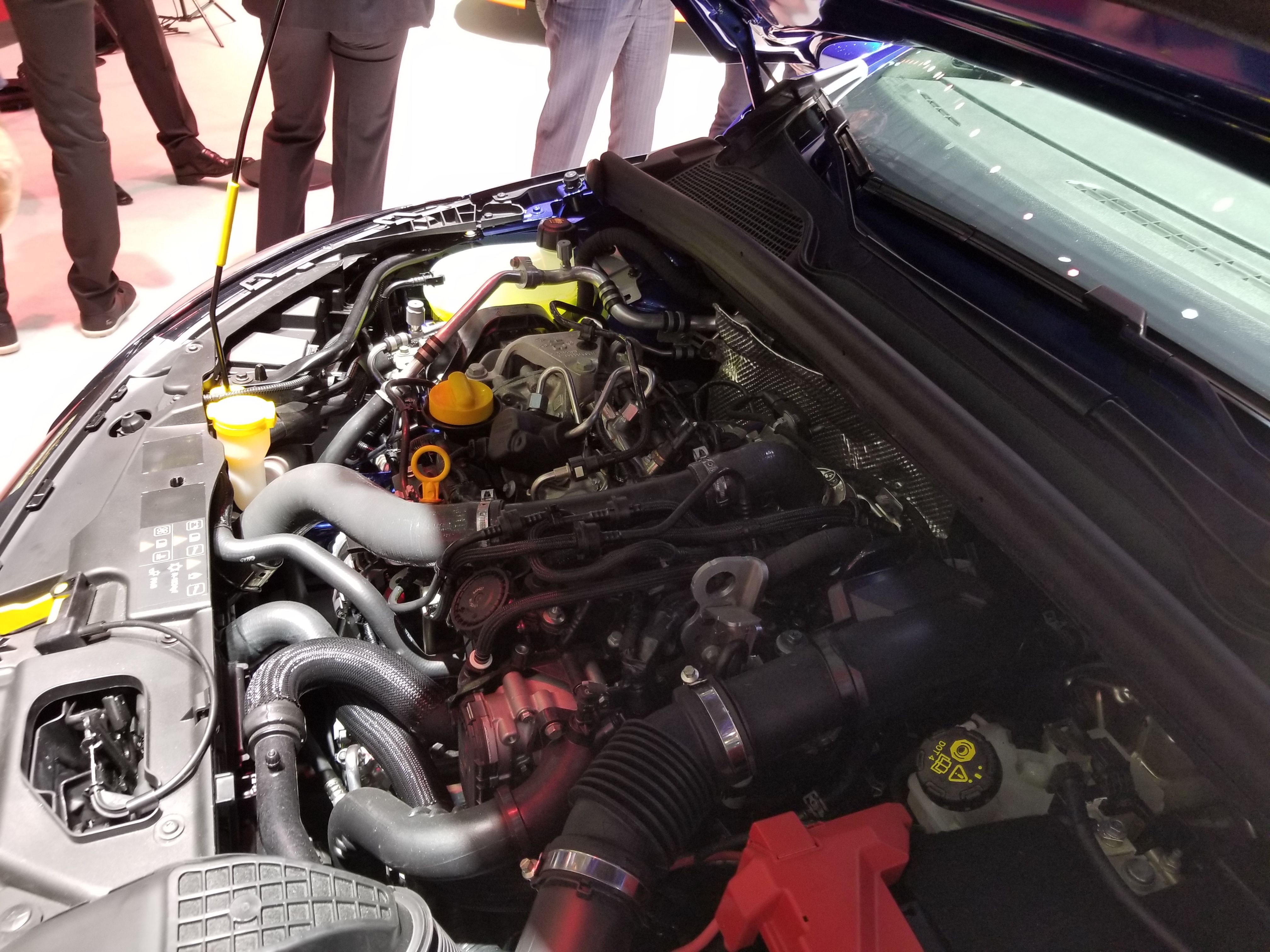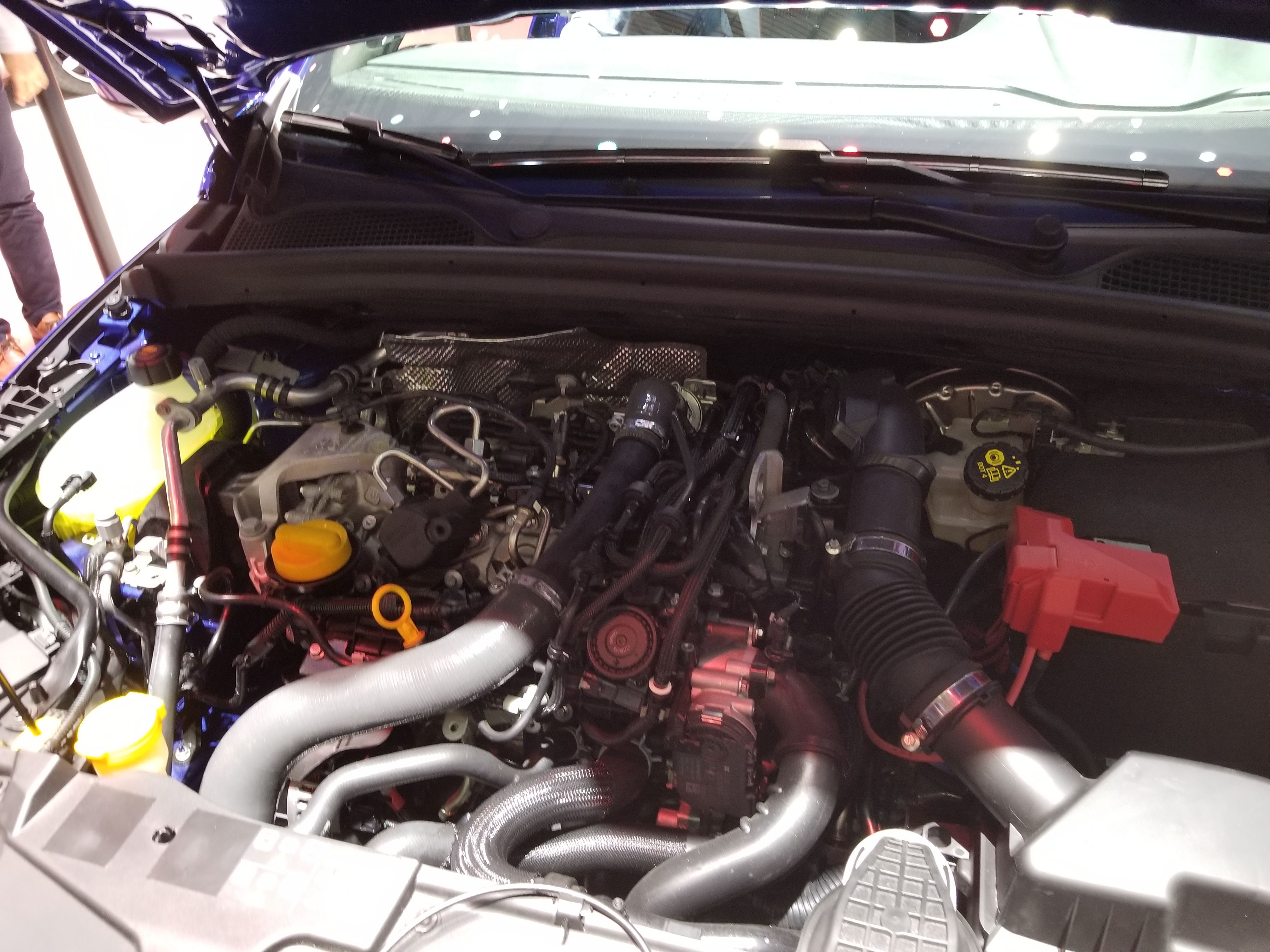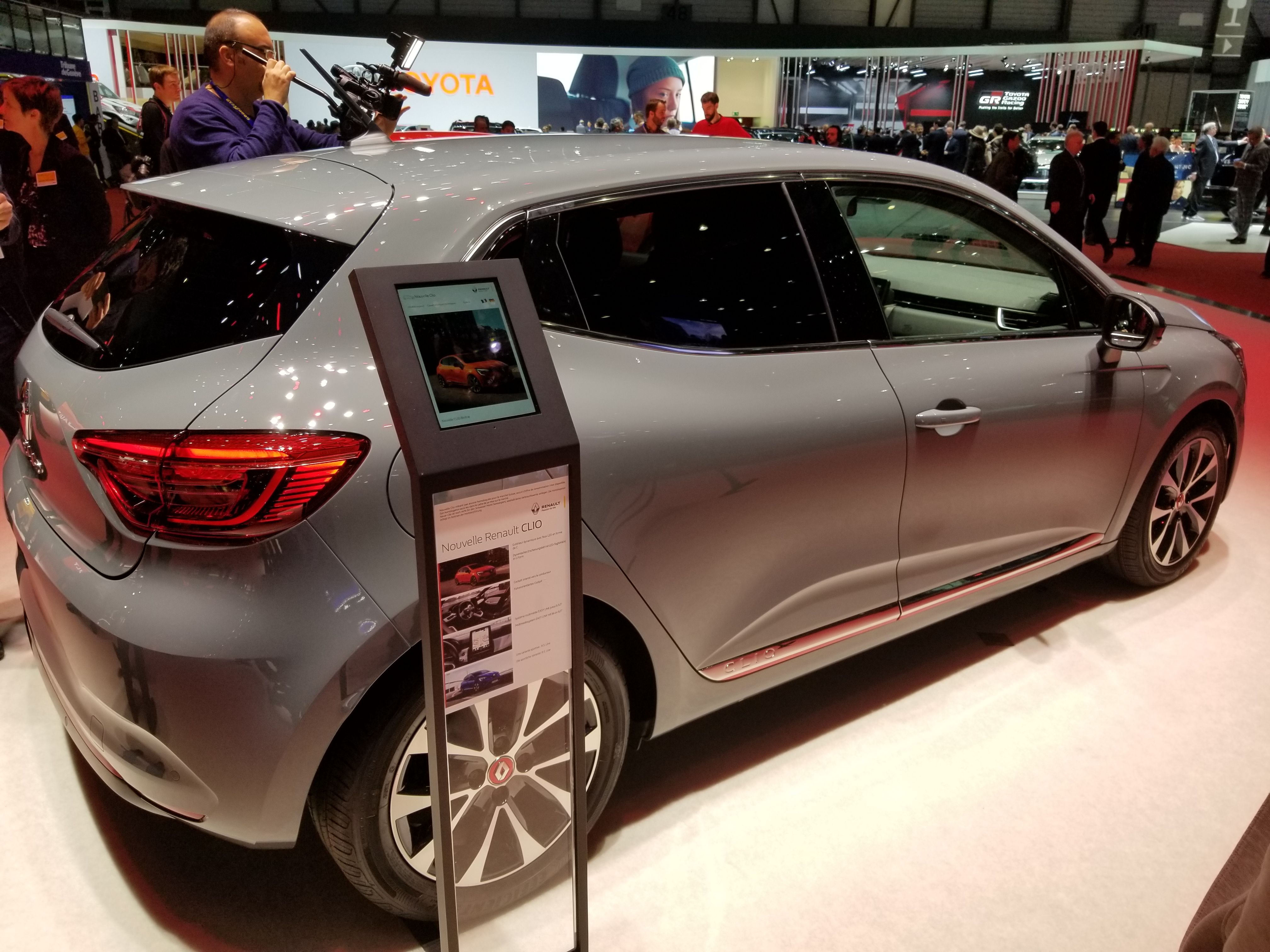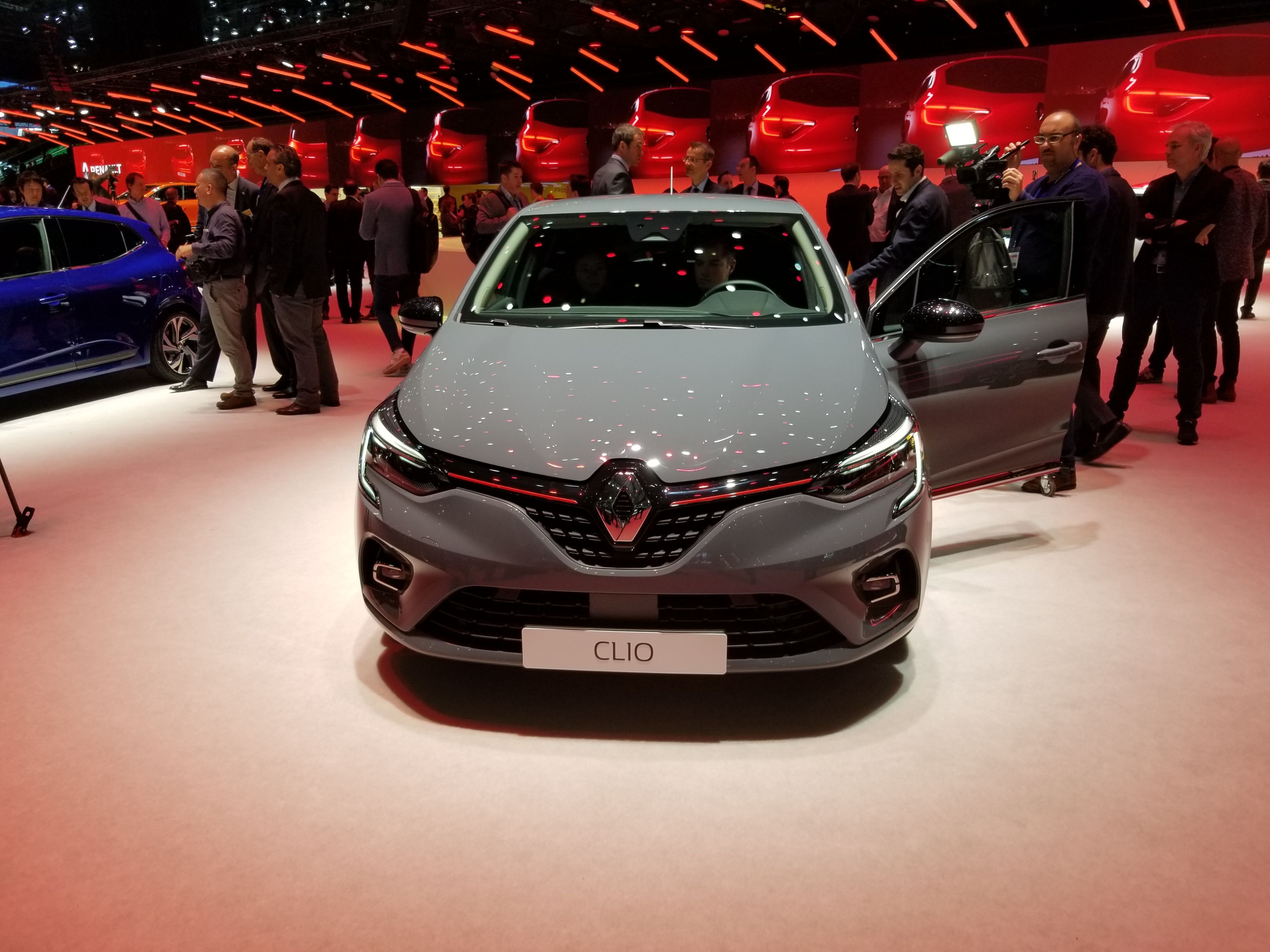Whenever Renault launches an all-new Clio, it’s a big deal, and this year’s edition of the Geneva motor show and the next-gen Clio debut are no exception. Why is it such an important model? Well, since the first generation of the model debuted, in the year 1990, Renault has sold a whopping 15-million units and with this latest one it’s decided to play it a bit safe.
First of all, Renault wants to make sure everybody knows the new Clio rides on an all-new electrification-ready platform called CMF-B. It is an all-new model that, believe it or not, bucks the trend of cars getting bigger and bigger with each generation - you will be happy to note this new Clio is exactly 14 millimeters shorter than the car it replaces and also up to 30 millimeters lower too.
Through the use of this new CMF-B architecture, Renault reports the Clio is around 50 kg lighter than its predecessor (the lightest new Clio tips the scales at just 1,042 kg / 2,297 pounds), around 2 dB quieter at 130 km/h and it allows for more airbags and additional safety features too. >
It also ditches halogen lights and even Xenon lights in favor of standard-fit LED light clusters front and back - in fact, Renault says 100 percent of all lights on the new Clio are light emitting diodes; not a conventional bulb in sight.
The design of the new Clio borrows cues from the Megane and other current models and pastes them over the familiar Clio shape that is now a bit lower and more aggressive looking. Renault made it plainly clear that it doesn’t want to change a formula that has already proven itself, despite the fact that previous generations of Clio have not always gone down the evolutionary design path.
Inside is where Renault has made changes that will be more easily noticed - the manufacturer says that unlike most rival offerings in the segment, the new Clio has a lot of soft touch plastics inside with the aim of providing a more premium-feeling experience for occupants. This all-new Clio is the first ever to offer fully-digital gauge clusters - available in either 7- or 10-inch variants, they help lift the interior ambiance and make the car feel fresh and modern. The larger of the two screens is the only one that can display the sat-nav map and driving directions too - you can see this larger screen in the press photos in the gallery; Renault hasn’t shown what the 7-inch screen looks like.
Like some of its rivals (Ford and its Fiesta, in particular), Renault will offer the Clio in several flavors the sportiest of which will be the R.S. Line that borrows styling cues from the Clio R.S. hot hatch (that has yet to be revealed, but we can already fairly accurately picture what it will look like). For those not interested in sportiness, though, and want a more luxurious, posh Clio, Renault offers the Initial Paris version.
The rest of the engine range will be pretty standard and kick off with a bunch of 1.0 SCe non-turbo three-cylinder engines dubbed SCe 65 and SCe 75. Renault says they offer sufficient performance for zipping around town, but without even turning a wheel, we’d suggest you avoid them in favor of a turbocharged engine; they’re only available hooked up to a five-speed manual gearbox.
At first, this new TCe 100 engine will only be offered with a five-speed stick, but an X-Tronic continuously variable transmission will be subsequently offered as an option. A dual-fuel LPG version will also eventually join the range.
The peak of the gasoline-burning engine power plant pyramid for the Clio (for now, at least) is the TCe 130 GPF engine with 130 horsepower and 240 Nm (177 pound-feet) of torque; it is exclusively mated to Renault’s seven-speed EDC dual-clutch transmission that even gets steering wheel-mounted shift paddles.
Diesels will still be offered in the all-new 2019 Renault Clio. The firm’s tried and true 1.5-liter DCi will still be offered, despite the fact that the company already has a new and far more modern 1.6-liter DCi (that’s even available with a twin-turbo setup on some models). Tech geeks will find the new Clio acceptable thanks to its plethora of available electronic features and gadgets. Renault says the car will be Level 2 autonomous driving-capable that will allow the driver to take his or her hands off the wheel for no longer than 13 seconds - the system will automatically deactivate after 48 seconds. It will come with adaptive cruise control with stop and go functionality, automatic high beams, AEB, traffic sign recognition, lane departure warning and lane keep assist and a 360-degree camera system for parking.
Engine
Horsepower
Gasoline
1.0-liter naturally aspirated
65 HP
1.0-liter naturally aspirated
75 HP
1.0-liter turbocharged
99 HP
1.0-liter turbocharged
129 HP
1.3-liter turbocharged
150 HP
1.8-liter turbocharged
225 HP
Diesel
1.5-liter turbodiesel
84 HP
1.5-liter turbodiesel
114 HP
Read our full review on the 2019 Renault Clio.
Read our full review on the 2017 Renault Clio.
Read our full speculative review on the 2020 Renault Clio SUV.
2019 Renault Clio specifications
Further reading

